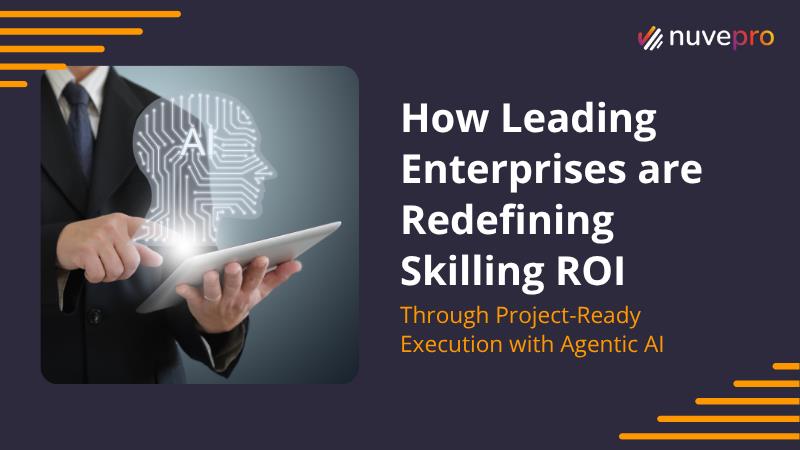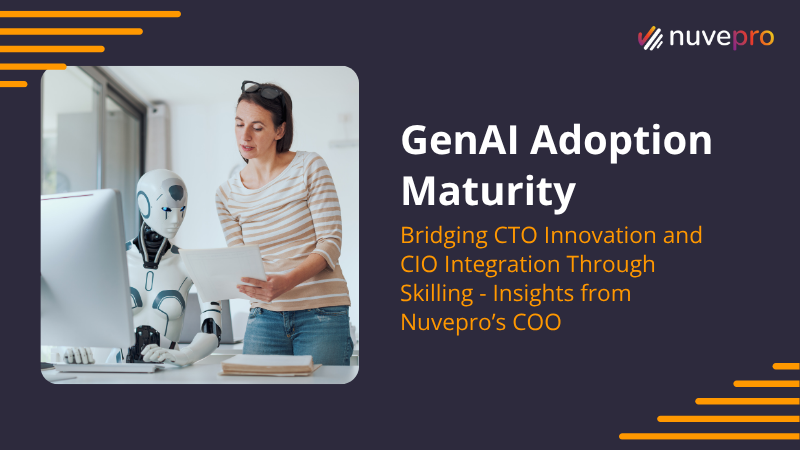In today’s rapidly evolving business landscape, the success of any organisation is closely tied to the development and upskilling of its workforce. As a manager, you must prepare your team for what’s next, and this requires a comprehensive approach to training and development that includes hands-on learning. In this blog, we will explore the critical role that hands-on learning plays in workforce development and how you can implement it effectively.
What is “hands-on learning”?
Hands-on learning refers to the process of learning by doing. Rather than passively absorbing information, learners actively engage in a task or activity, gaining new knowledge and skills through the experience. This type of learning is often referred to as “experiential learning,” as it allows learners to engage in a practical, real-world setting that closely simulates the challenges they will face on the job.
Why is hands-on learning so vital for workforce development?
There are several reasons why hands-on learning is critical for workforce development. For one, it allows learners to gain practical experience that they can apply directly to their work. This helps to bridge the gap between theory and practice, making it easier for learners to apply their new skills in the workplace. Additionally, hands-on learning can help to build confidence and competence in learners, which can translate to improved job performance and increased productivity.
Another critical benefit of hands-on learning is that it can be tailored to meet the specific needs of your team. Rather than relying on generic, one-size-fits-all training programs, you can design hands-on learning experiences that address your organisation’s unique challenges and opportunities. This makes it easier to ensure that your team is equipped with the skills and knowledge they need to succeed in their roles.
Implementing Hands-On Learning in Your Organization
Implementing hands-on learning in your organisation requires careful planning and execution. Here are some key practices to keep in mind:
- Identify the skills and knowledge your team needs to develop. Work with your team to identify the skills and knowledge areas where they feel they need the most support
- Design hands-on learning experiences that closely simulate the real-world challenges your team faces on the job. This could include simulation exercises, role-playing, or real-world case studies.
- Provide feedback and support throughout the learning process. Encourage learners to reflect on their experiences and provide constructive feedback to help them improve their skills and knowledge.
- Ensure that hands-on learning is integrated into your overall training and development strategy. Rather than viewing hands-on learning as a one-off activity, integrate it into your ongoing training and development efforts to ensure that your team continues to grow and develop over time.
- Emphasize the importance of continuous learning and development. Encourage your team to take ownership of their own learning and development by providing them with the resources and support they need. This will enable them to continue to grow and develop in their roles.
How do hands-on labs aid workforce development?
Nuvepro’s hands-on labs can aid in workforce and skill development in many ways.
- Skills development: Nuvepro’s hands-on labs provide a practical, experiential learning experience that allows your employees to develop and practise new skills. This type of learning is particularly valuable in technical and vocational fields, where hands-on experience is critical for the success of the organisation.
- Collaborative teamwork for organizations: Nuvepro’s hands-on labs often require employees to work together in teams to complete tasks or projects. This type of collaboration can help individuals develop effective teamwork and communication skills, which are essential in many professional settings.
- Help with promotions and career advancements. Hands-on labs can provide individuals with practical experience and skills that are directly applicable to their advancement and promotion. This can make them more competitive in the job market and better prepared for the demands of their chosen field.
Conclusion: Overall, Nuvepro’s skill-bundle offerings of projects made up of hands-on labs are a valuable tool for workforce development because they provide individuals with practical, experiential learning experiences that can help them develop new skills, retain knowledge, collaborate with others, and prepare for their careers. Get in touch with Nuvepro today to learn more about how we can help your employees become more skilled.




